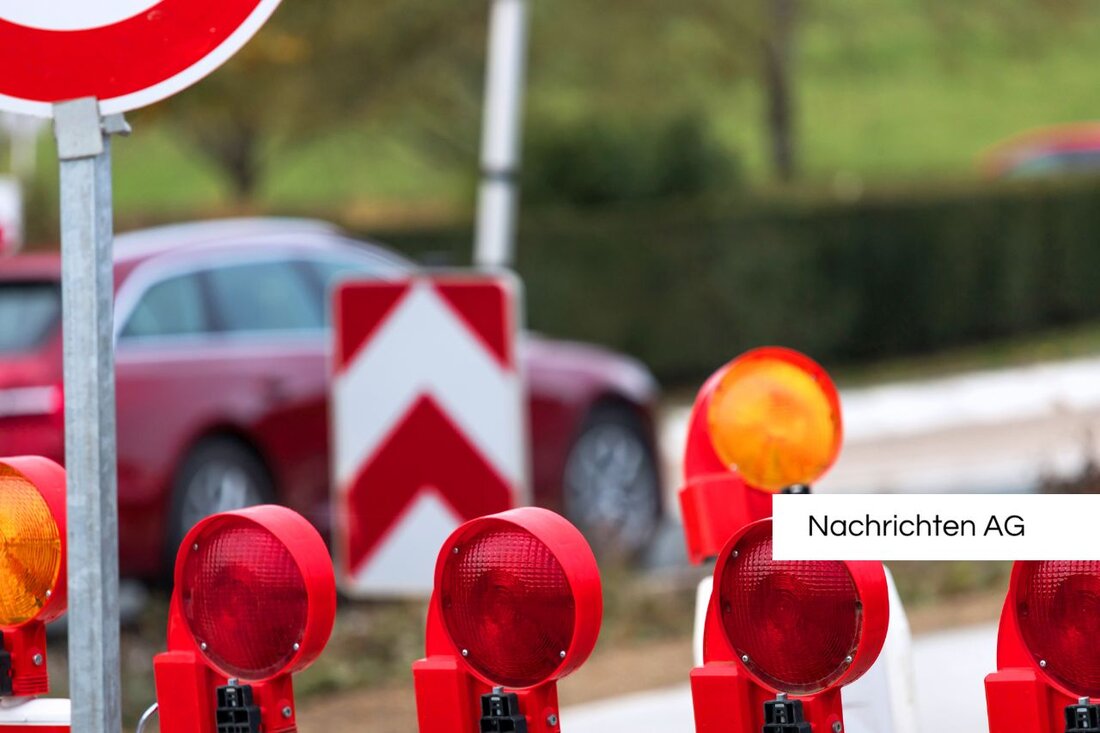RE6 train between Leipzig and Chemnitz: Diesel exhaust gases ensure closure!
RE6 train between Leipzig and Chemnitz: Diesel exhaust gases ensure closure!
Chemnitz, Deutschland - The first car in the Re6 from Leipzig to Chemnitz remains closed due to the harmful diesel exhaust gas. This was announced by the Central German Regiobahn (MRB) on Friday. Passengers had complained about a strong diesel smell, especially in the first double -decker car.
The Federal Railway Authority (DBA) ordered the first car to be closed after testing had resulted in exhaust gases via the air conditioning system. In this context, a measurement institute recommended that the car also be closed in the direction of Leipzig in order to avoid health risks. The MRB implements these recommendations to ensure the health and safety of travelers and employees.
Additional measures for passenger loss
In order to compensate for the reduced seating capacity, the MRB plans to use additional direct buses between Chemnitz and Leipzig during rush hours. Information on the bus connections is available in both the DB app and on the MRB website.
Originally, eleven battery rice trims were to be put into operation in December 2023, but the start is delayed due to delivery difficulties at the manufacturer Alstom. Until the timetable change in December 2025, the double -decker cars will continue to be used as a temporary solution. In cooperation with Alstom, Wedler Franz Logistik (WFL) and the Mittelachsenverbund Mittelachsenverbund (VMS), the MRB is looking for further options to ensure seating capacity.
Health risks through diesel emissions
The problems with diesel exhaust gases are not an isolated phenomenon. According to the traffic association traffic, the health risk through diesel emissions is well documented. These exhaust gases consist of diesel soot particles, nitrogen monoxide, nitrogen dioxide, carbon monoxide and carbon dioxide. It is known that diesel soot particles, which often occur in older diesel engines, can represent an increased risk of cancer.
nitrogen oxides have a negative impact on the airways and contribute to the formation of ozone, while carbon monoxide can limit oxygen transport in the blood. Fine dust from diesel engines is also perceived as a serious problem in urban areas. Exhaust gases from diesel engines, especially those of older models, are a challenge that politics must also face.
The Euro 6 standard determines strict limit values for new cars, but many older diesel engines are still in use. These still emit high amounts of harmful particles that can endanger public health. Measures to minimize this exposure are necessary, and the TRGS 554 offers helpful guidelines on technology, occupational medicine and working hygiene.
The current problems in public transport are therefore only part of the more comprehensive topic related to the health risks through diesel exhaust gases. In view of the health risks, it remains to be seen how the responsible bodies will continue.
For further information on the health risks of diesel exhaust gases and the factors involved, visit the pages of BG Verkehr , Spiegel and for current developments in train traffic sächsische.de .
| Details | |
|---|---|
| Ort | Chemnitz, Deutschland |
| Quellen | |


Kommentare (0)